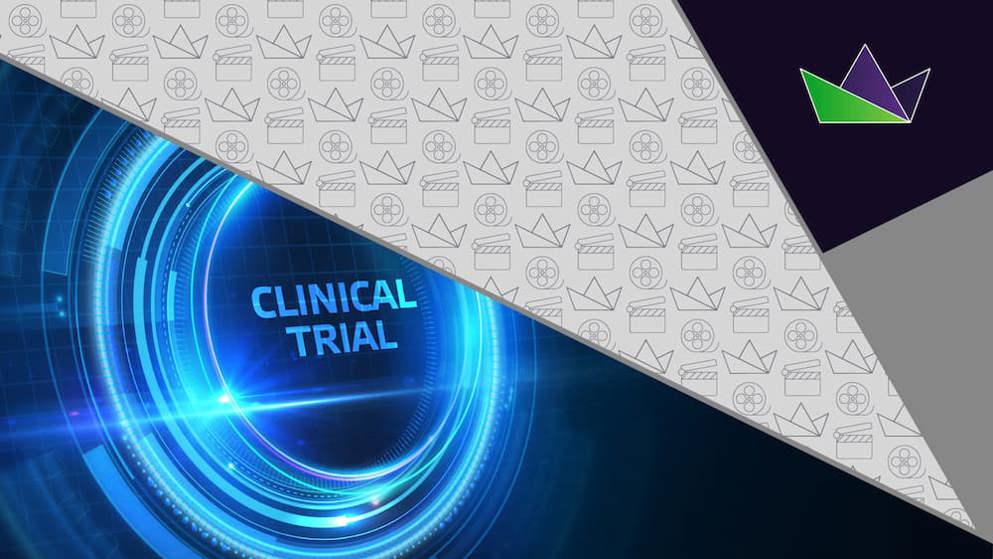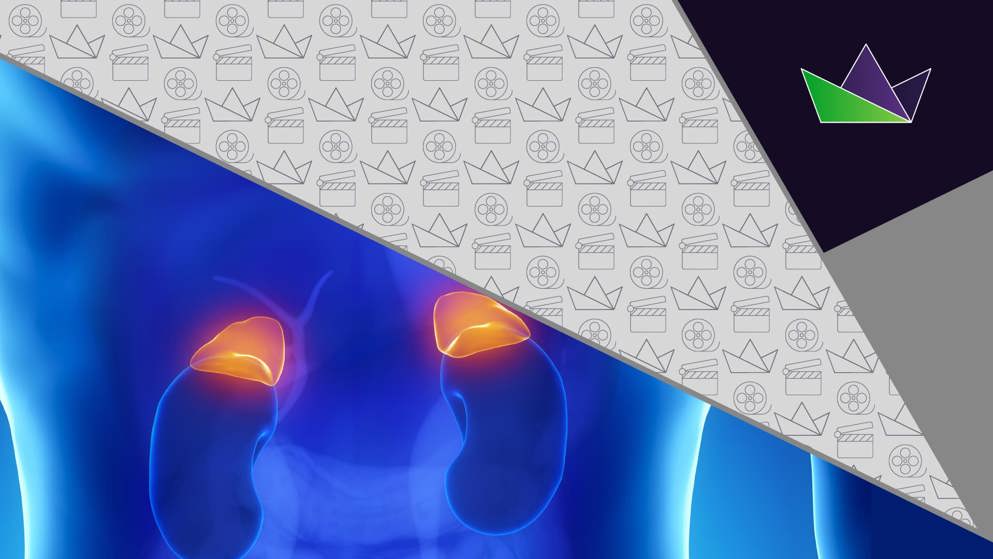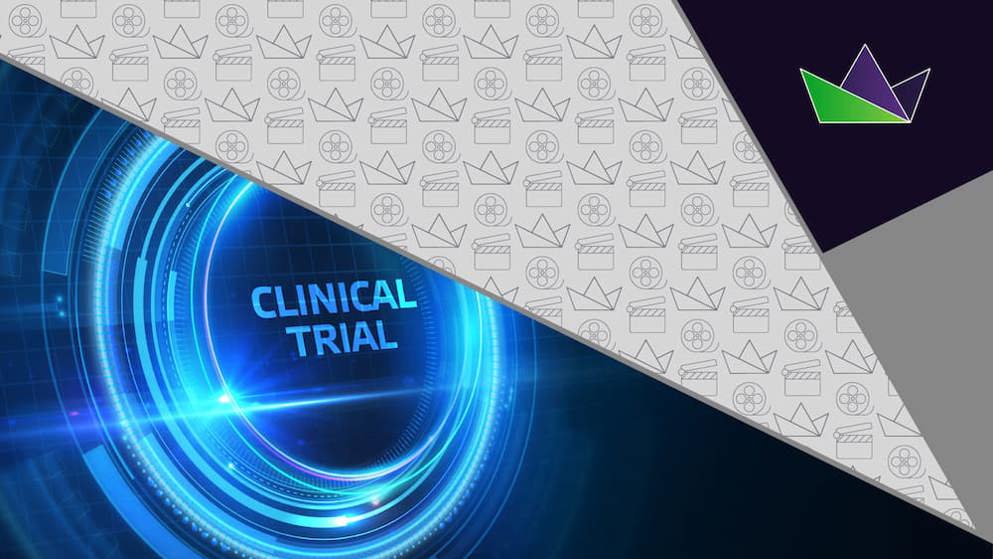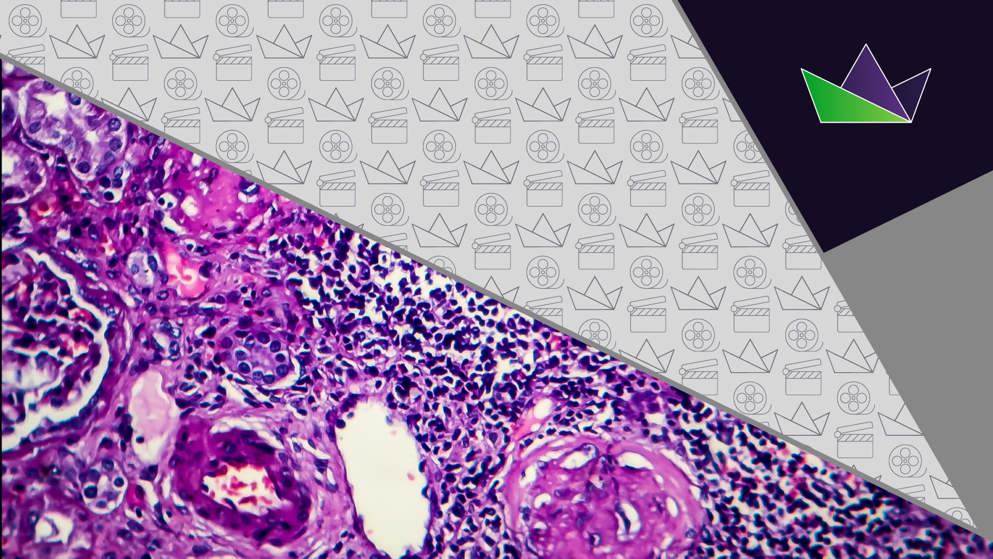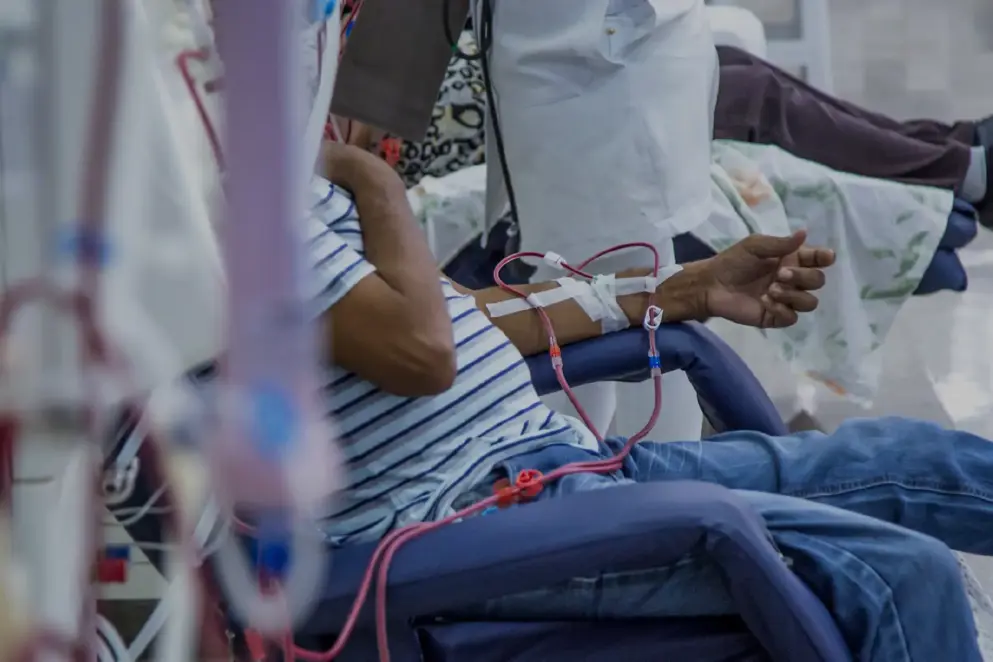
Congress highlights
ERA 2022 congress highlights
Keep up to date with the latest in chronic kidney disease (CKD) research with our coverage of the 2022 European Renal Association (ERA) Congress held in Paris, France. Watch as professional in the field of CKD, Professor Navdeep Tangri discusses the most relevant updates to existing clinical trials and provides expert summaries of the latest research. Follow along with our written coverage of the daily congress highlights to keep your CKD clinical knowledge and practice current. Learn more about:
- Latest updates to large cohort CKD clinical trials such as DAPA-CKD and REVEAL-CKD
- Newest evidence supporting the use of sodium–glucose co-transporter 2 (SGLT2) inhibitors and mineralocorticoid receptor antagonists (MRAs) for people with diabetic and non-diabetic kidney disease
- Data demonstrating overlap between cardiovascular disease and type 2 diabetes in people with CKD
In this section
Professor Navdeep Tangri discusses key highlights from the ERA 2022 Congress including new research regarding the use of SGLT2 inhibitors in kidney transplant patients.
Professor Navdeep Tangri discusses major updates to ongoing large-cohort CKD clinical trials such as DAPA-CKD, EMPA-KIDNEY and REVEAL-CKD.
Professor Navdeep Tangri highlights the latest evidence presented at congress on the association between CKD, cardiovascular disease, and type 2 diabetes.
Professor Navdeep Tangri discusses research highlights and new insights regarding the use of SGLT2 inhibitors and MRAs for treating people with CKD.
Patient experience during COVID
A patient association presented for the first time at a European Renal Association Congress.
Yvanie Caillé, founder of the French patient association, ‘Renaloo’, and eminent sociologist and vice-chair of Renaloo, Christian Baudelot, met virtually with prominent nephrologist, Raymond Vanholder, chair of the Brussel-based European Kidney Health Alliance. Patient associations were praised for their activity during the COVID-19 crisis.
The time has come to place a higher value on the role of patients’ associations. Increasingly, these associations are supporting patients and provide valuable insight.
From the results of Renaloo’s latest patient survey, Yvanie Caillé highlighted poor vaccine coverage with 57% of dialysis patients and 54.7% kidney transplant recipients receiving their first booster vs 82% in the eligible population, and severe underuse of COVID-19-prophylactic, monoclonal antibody therapy, tixagevimab/cilgavimab (Evusheld).
57% of dialysis patients and 54.7% of kidney transplant patients have had their first booster vs 82% of the eligible population
Professor Vanholder, called for urgent action in the ‘Decade of the Kidney’ (2020-30). Although chronic kidney disease (CKD) affects nearly 100 million Europeans, kidney disease is absent from the list of European Union (EU) key health research areas, and many people with kidney disease are diagnosed late35.
Treatment for chronic kidney disease
A post-hoc analysis of the DAPA-CKD trial is presented, while finerenone and canaglifozin are compared in the absence of head-to-head trials.
In the DAPA-CKD trial, the sodium-glucose cotransporter 2 inhibitor (SGLT2i), dapagliflozin, reduced the risk of kidney failure in patients with chronic kidney disease (CKD)36,37. Hiddo Heerspink reported the post-hoc analysis of DAPA-CKD assessing the efficacy of dapagliflozin by baseline dosage of angiotensin-converting enzyme inhibitor (ACEi) or angiotensin-receptor blocker (ARB) in reducing major adverse cardiorenal outcomes in CKD. The benefit of dapagliflozin was consistent for primary outcome (defined as at least 50% sustained decline in estimated glomerular filtration rate [eGFR], end-stage renal disease, or death from renal or cardiovascular [CV] causes), and secondary outcomes across the background dosage of ACEi or ARB. Of 4296 participants (99.9% of the study population) with available data on ACEi/ARB doses, 1231 (28.7%) were using the target dose, 1867 (43.5%) a dose ≥ 50% to <100% of target and 1068 (24.9%) a dose 0 to <50% of target, while 130 (3.0%) were not using an ACEi/ARB. The event rate for the primary outcome was highest among participants not using ACEi/ARBs vs other subgroups. Dapaglifozin slowed the rate of eGFR decline vs placebo over the duration of the study by –0.93 mL/min/1.73 m2 (95% CI, 0.61–1.25], irrespective of the dosage of ACEIs or ARBs (p value for interaction 0.877).
Dapaglifozin slows eGFR decline irrespective of antihypertensive medication
Both finerenone (mineralocorticoid-receptor antagonist [MRA]) in FIDELIO-DKD and canagliflozin (SGLT2i) in CREDENCE reduced cardiovascular and kidney disease vs placebo in patients with CKD and type 2 diabetes, on top of renin-angiotensin-aldosterone system blockage38-40. Due to the lack of direct comparison between finerenone and canagliflozin, David Cherney described the use of individual patient weighting, using matching-adjusted indirect comparison (MAIC) methodology and placebo as a common comparator, to adjust for differences between the trials in selected baseline characteristics and primary outcomes. As anticipated, finerenone showed a higher risk of hyperkalaemia; otherwise, there was no evidence of significant treatment difference between finerenone and canalglifloxin.
Clinical outcomes in diabetic kidney disease and CV complications
Key trials in semaglutide are highlighted and the link between vitamin D levels and MMP-10.
Vlado Perkovic presented the blinded baseline characteristics of the FLOW study population41. FLOW is a kidney outcomes trial designed to evaluate the effect of once-weekly semaglutide, a glucagon-like peptide-1 receptor agonist (GLP-1RA), in individuals with type 2 diabetes (T2D) and CKD42. GLP-1RAs lower blood glucose but also reduce risk of MACE43-45 and have potential direct kidney-protective effects46,47. Other key clinical trials on semaglutide in CKD, T2D, obesity and CVD include:
- REMODEL (NCT04865770) – subcutaneous (sc) semaglutide, 1.0 mg48
- SELECT (NCT03574597) – sc semaglutide, 2.4 mg49
- SOUL (NCT03914326) – oral semaglutide, 1.9 mg50
Vitamin D levels are inversely correlated with metalloproteinase-10 levels in T2D
Daria Abasheva reported a cross-sectional study (n = 256) that found an inverse association between circulating levels of 25-hydroxyvitamin D and MMP-10 in T2D, especially with CKD and at the extreme of vitamin D range (>45 ng/ml), independent of eGFR. Vitamin D deficit was significantly more prevalent with CKD (61%) than without CKD (40%) (p<0.001)51.
of interest
are looking at
saved
next event
This content has been developed independently by Medthority who previously received educational funding in order to help provide its healthcare professional members with access to the highest quality medical and scientific information, education and associated relevant content.


